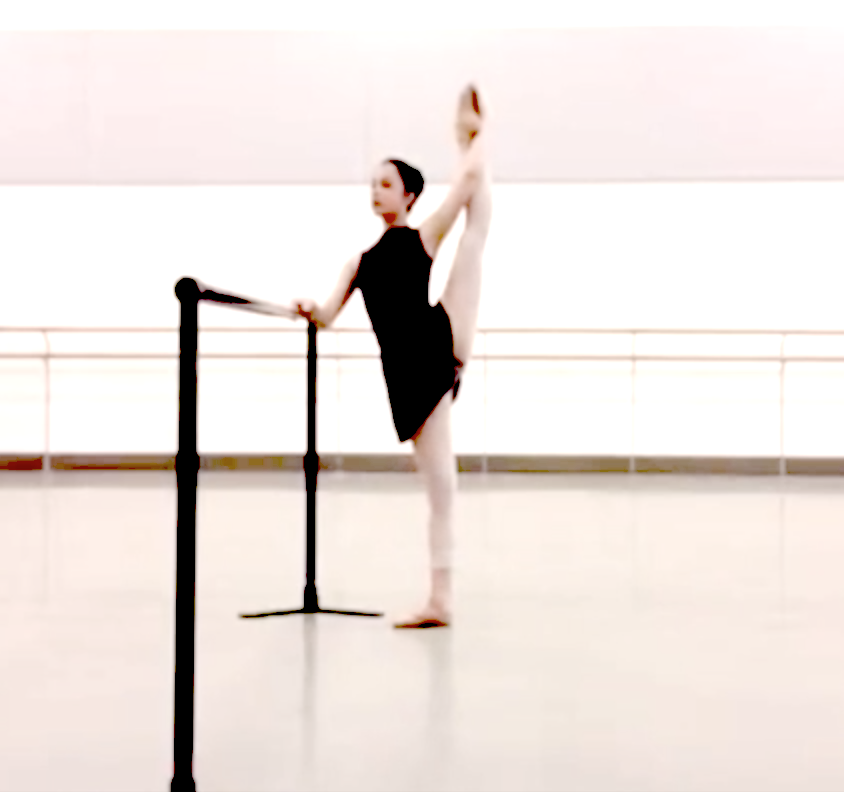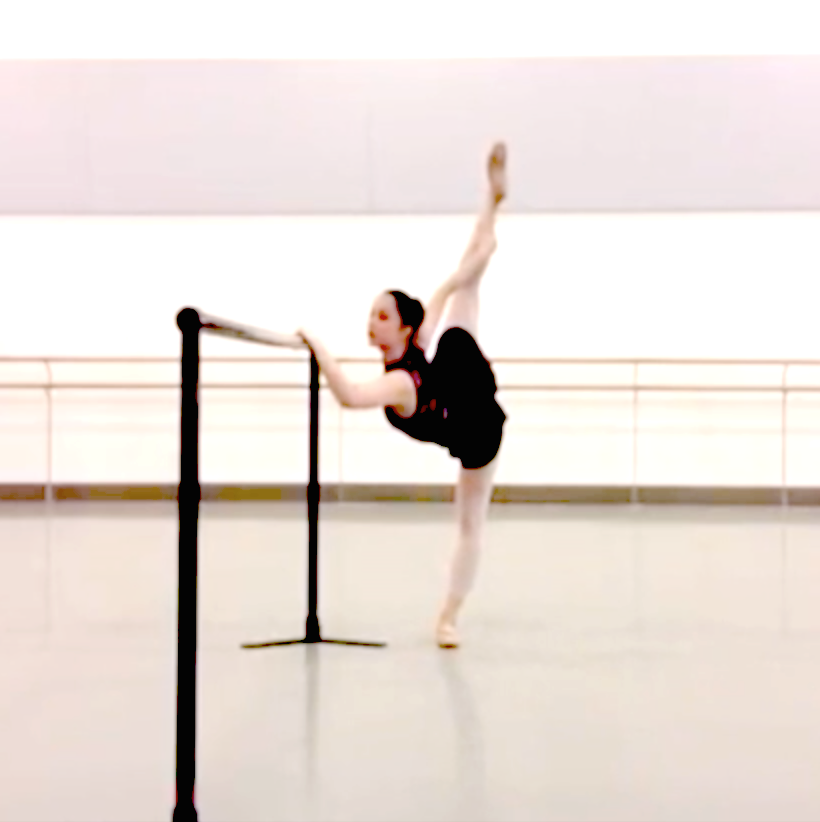Ballet Stretching
How To Become More Flexible
Ballet stretching is absolutely necessary to every ballet dancer. There are many reasons why you don't feel as flexible as you did yesterday, so let me share why you might not be improving and how you can progress.
Not all ballet dancers are naturally loose in their muscles. Most dancer's have a good
range of flexibility, but each person has to work very hard to maintain their flexibility and improve range.
Along with flexibility, dancers need to have a good amount of strength too.
Many dancer's are actually too supple which means they have little strength to hold their legs high and maintain muscle strength.
The balance of flexibility and strength comes gradually with practice and it's something you always have to work hard for.
Ballet Stretching
 |
 |
Why do we have to stretch? It's important to stretch the muscles out to release tight limbs. Stretching lengthens your muscles and enables you to become more flexible for the demanding positions in ballet.
Ballet stretching is something you should get into the routine of doing during or after class. It can take as little as 15 minutes to make sure the muscles are stretched out and it's important to do it on a regular basis, rather than once every so often.
It is true that EVERYONE has a different range of flexibility. There are many surprising factors that greatly affect your flexibility which yoy may not have realised.
Listen up and see why perhaps you don't feel as flexible as you did yesterday...
Type of joint - Remember, flexibility is the range of movements in the joints and you won't be equally flexible in every single joint. Just because you can do front splits, it doesn't mean you will automatically be able to do side splits because not everyone is as flexible in every single joint.
Body Temperature - You should already know that you are DEFINITELY more flexible when you are warm.
Before ballet class, you will find the splits harder to stretch than afterwards when your muscles are warm, supple and more pliable.
That is why professional dancers often wear layers of warm up clothes during class and rehearsals, so they keep their body warm and ready for anything.
Age - Now, don't quote me on this, but younger people are generally more flexible than adults. Of course, you watch the experienced ballerinas who are older than you extend their legs way above yours, but these dancers have trained their whole life to gain the flexibility that has now become a natural part of their body.
Gender - I have sure seen many exceptions, but you will generally find females are more flexible than males. This is partly because female dancers train more in exercises like adage and leg extensions which increases their flexibility, whilst the men focus more on jumps and impressive turns.
Time of day - It is believed that most dancers are more flexible in the afternoon than the morning. In the early morning, dancers feel any aches or pains from the previous day, so by the afternoon the body has gradually warmed up and eased out any stiffness.
Temperature - The warmer the room, the quicker your muscles will warm up and therefore the sooner you will feel more flexible. That is why dancers hate cold studios, because it makes their muscles feel like ice and not ready to dance!
Injuries - Injured muscles offer less flexibility than healthy ones. If you have strained or pulled a muscle it will feel more stiff and less easy to stretch. You must ease it out slowly and keep it supple by gentle ballet stretching.
return from Ballet Stretching to Ballet Dancers Guide homepage or alternatively back to Ballet Positions

